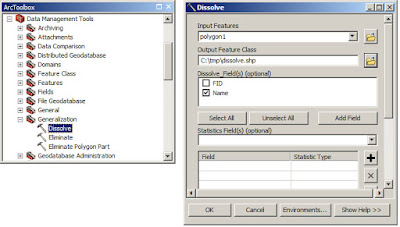

Other than that, the data source that we are input in the batch process should be processed manually like shown in figure 4. Figure 3 shows that we can only select a single parameter for every batch process.

Source : Esriĭifferent from the Iterator, the Batch process offers bulk processing with the limitation of automation in setting for the data source or the batch parameters. Figure 2 shows that iterator can manipulate the process using the value, data (feature class/raster datasets), file storage, and even the workspaces. we select the best scenario that we need in every workflow. at least there is 12 function that contains different uses for any case. Iterator answer this question with several solutions that are shown in figure 1.

But how if we want to break down the dissolving process for every Province in Indonesia? is there 34 Province in Indonesia? or how should we process if the scope of analysis has a breakdown to the District? Indonesia has 514 in a total of District and City. the automation process is the advantage of this tool because with this automation, we can perform the bulk processing with the single tool or single workflow in model builder.įor example, we can proceed single dissolve process to 1 Region (Indonesia) in a few seconds. Iteration is automating process for looping the process over and over that mostly used for the repetitive task that required a bulk processing that have different data or setting.

The workflow of geoprocessing itself using a input data to get processed by single tool or even though by multiple tools that can connected in 1 workflow.īefore compare the iteration and batch process each other, we need to know how the iteration and batch running and what's the impact for the entire workflow. Geoprocessing is one of the most useful tools in GIS that contains a lot of spatial data processing such a modification, manipulation, conversion, transformation, etc.


 0 kommentar(er)
0 kommentar(er)
